In this article we address the question: Why is my fish laying on the side?
Does this mean your fish is diseased? The short answer is – possibly, however, there are many factors that may result in a fish laying on its side. Gene traits, diet, habitat conditions, opportunistic pathogens, fish syndromes and water quality all may play a role.
Why is your fish lying at his side?
There are many possible causes for the fish to lay flat on the bottom of the tank. Not every reason is terrible, but it’s a signal for you to watch for future changes in your fish behavior.
Use position and behavior to diagnose and treat common problems. This article will help you learn how to solve and analyze each difficulty you face.

Cause for a fish that’s laying on the side
The fact that the fish is acting strange and has sunk, laying on his side at the bottom, is frustrating to any fish keeper. It can happen with all species of fish.
The early stage of any problem or disease can be detected right away when you notice any strange swimming or behavior.
If your fish is swimming and lying at the bottom, that should signify that something is incorrect.
| | | |
|---|
 Top Top | Heals damaged fins & skin, Bacterial infections, contains melaleuca | | View on AMAZON |
 Top Top | Anti-fungal, Internal & external infections | | View on AMAZON |
 Top Top | Parasitic disease (gill, & skin flukes), Swolen abdomen, Hole-in-head, Wasting disease | | View on AMAZON |
 Top Top | Treats most diseases- Ick, Fungus, Mouth rot, Use as a preventative | | View on AMAZON |
 Top Top | Fungal Infections | | View on AMAZON |
 Top Top | Fungal & Bacterial- Dropsy, Popeye, Fin/tail rot, Septicaemia; Treats internal when food is refused | | View on AMAZON |
 Top Top | Nematodes, Roundworm, Nodular worm, Hookworm | | View on AMAZON |
 Top Top | Micro-bacterial starter- Establishes nitrifying bacteria. This cylces your tank and reduces ammonia and nitrates | | View on AMAZON |
Product prices and availability are accurate as of the date/time indicated and are subject to change. Any price and availability information displayed on [relevant Amazon Site(s), as applicable] at the time of purchase will apply to the purchase of this product.
Prices pulled from the Amazon Product Advertising API on: What if they’re at the bottom of the tank breathing heavy?
Fish laying on the bottom of the tank and breathing deeply require action as soon as possible. Usually, rapid breathing is caused by some pollutant or toxic in the water.
In most cases, it is poisoning by ammonia, nitrite, or other nitrogen. This behavior can also occur when fish are exposed to high temperatures.
Perform tank tests to gauge temperature and nitrogen levels. Next, adjust your parameters and maintenance schedule to keep them from spiking.
What if your fish is at the bottom of the tank not moving?
If your fish is laying and not moving, calmly observe if the fish is making any movement, has some strange stain on the body, as are their fins and their breathing.
Once you have enough information, take some action indicated in this guide that makes the most sense. Asking for help from experienced aquarists and a veterinarian is a great way to go.
Treating a sick Fish
Don’t be intimidated by the different medications available for your fish. First, you’ll need to diagnose which disease your fish has and choose the best treatment to treat it.
If the tank has plants or snails, it must be taken out in another tank; some medicine can be poison for this type of life.
Remove is the best way to prevent your favorite plant from dying from drugs. Let’s examine some diseases that might explain your fish lying on its side.
Depending on where your fish has been kept, there could be a water quality symptom.
Is it normal for my fish to lay on the bottom of the tank?
There are several reasons for fish would lie on the bottom of a tank, some of which are common and harmless.
Learning to recognize some behaviors can help you to solve a lot of issues. Know when your fish are stressed helps prevent your animal from getting sick.
Sickness & Disease
Several diseases can plague fish health. Typically they experience more illnesses when they are with weaker immune systems.
Diseases like Ich, Bloat, Dropsy, and more are usually caused due to stress or lack of proper care. Keep your head on the water conditions and make sure all the water parameters remain within the recommended range.
When your fish is stressed, they got more susceptible to disease. It is essential to maintain adequate and stable water conditions.
Tailor Fin Rot
 Fin rot can usually be fixed when treated with Ampicillin or Tetracycline. Clean water will reduce the chances of further fin rot.
Fin rot can usually be fixed when treated with Ampicillin or Tetracycline. Clean water will reduce the chances of further fin rot.
You can also use a natural antifungal for two days. Make sure to keep regular water changes and to vacuum on a scheduled basis. Fin rot is probably not the most critical reason your fish lies in the tank, but it is a severe disease.
Fungal Infection
Fungal infections are highly contagious and are easily spread through other tanks’ occupants. Adding salt to the tank can cause serious problems; overdosing salt can damage fish, invertebrates, and plants.
Add salt to the proper concentration to treat a fungal infection may help; water changes must be carried out before each application to keep saline levels under control.
Ammonia poisoning
The changing conditions of water’s chemistry can cause many of these issues. If the ammonia level in the tanks is too high, you can perform a partial water change.
Remember to cycle your aquarium before adding fish continuously. Keep the tank clean, avoid overfeeding, and correctly size your filtering capacity.
It’s best to remove a large quantity of the water every week; the more frequently and the greater the amount, the better; remember to stabilize incoming water parameters with aquarium standards.
Nitrate poisoning
Fish with nitrate poisoning can have a high breath rate and look pale or discolored. They may seem lazy, moving strangely. Proceed with the water test and also a partial or total change.
Swim Bladder Disorder
It affects the swim bladder of the fish, an organ that helps the fish fluctuability. In medical terms, the fish suffer either positive buoyancy or negative buoyance.
Symptoms include sinking to the bottom or floating at the top of the tanks, floating upside down or on their side, or having trouble maintaining a normal position.
Affected fish can eat every day or have little appetite. When serious buoyancy problems exist, it is possible that the fish will not feed usual or perhaps even reach the surface.
Symptoms such as a dislocated belly and curved back can be present on affected fish. A swim bladder defect is the consequence of temporary or permanent impairment of the swim bladder.
There may be the pressure of a swollen stomach, an accident, or a bacterial infection. Sometimes after overeating, fish might swallow air on purpose. To cure your fish, you need to know the origins of its bizarre behavior.
Dropsy
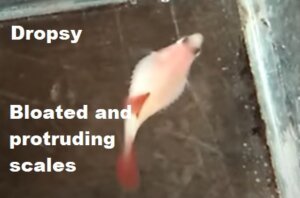 Dropsy is not disease-specific; it occurs when his belly swells and causes scales to protrude sideways.
Dropsy is not disease-specific; it occurs when his belly swells and causes scales to protrude sideways.
The dropsy syndrome is fatal if not quickly treated. Early signs of dropsy are challenging to diagnose.
Dropsy is a direct consequence of an infection indirectly caused by poor water quality. Proceed immediately with the total water change, aquarium cleaning, an antibiotic medication.
Velvet
Velvet usually appears after a tank is not adequately treated using a water conditioner. If your fish is scratching its skin on aquarium décor or rocks, he likely suffers from velvet.
Clean the tank and add water changes will help remove the velvet. Keep water parameters stable and perfect. You should use medication for Velvet disease in case of infection.
Ich (white spot disease)
Ich (Ichthyophthirius multifiliis) is a protozoan and is found in many aquariums and reservoirs. A healthy fish’s immune system shields it from ich itself, but it can be vulnerable to stressed or injured fish.
Infrequent water changes, improper water temperatures, and poor food choices can significantly weaken a fish’s immunity system.
To treat ich, raise the temperature to the equivalent of 80 degrees Fahrenheit. Maintain water temperature at 82 F for 14 days; this should break the reproduction cycle of the parasite.
Pop-eye
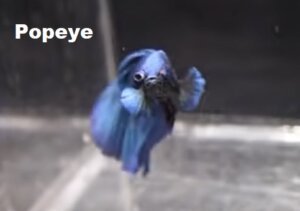 More than one culprit may be identified for pop-eye, but regular tests and water changes will be the first thing you need when seeing eye bulging in your fish.
More than one culprit may be identified for pop-eye, but regular tests and water changes will be the first thing you need when seeing eye bulging in your fish.
If the water conditions are in a good state, treat your fish with a medication to kill Positive gram bacteria or use a drug for cloudy eyes or pop-eye in the bottle.
The water is too hot or too cold, and O² levels.
Cool water delivers oxygen much faster than warm water does. If your aquarium is filled with no oxygen, then your fish is choking for air.
Cool the temperature in your tank slowly if you have a fan or room air conditioner. To inject oxygen quickly into the water, use an extra pump or air compressor to help in gas change.
Ideally, the water temperature in your tanks should be the most suitable for the species you keep. If the temperature falls below the animal’s tolerance, your fish starts to stifle its metabolism.
Oxygen gets absorbed slower. These combinations of events can cause your fish to become lethargic. Use an in-tank heater to raise the temperature in the aquarium steadily.
Low oxygen levels make the fish passive and quiet, as well as low temperature. Keep the aquarium well-aerated about its temperature.
Extreme current
Some fish don’t cope well with strong tides. If you see considerable flow coming from a filter or an air pump, your fish can be exhausted.
Add a sponge filter to restrict the water flow to your filter. Alternatively, it’s possible to direct the current towards the décors. Your fish might have given up fighting against water flow and settled to rest on the tank bottom.
Lazy
Some species of fish do have excess weight; check the body of the fish to avoid overfeeding. A lazy fish should also have a good appetite and can continue swimming when it wants.
If the behavior of your fish starts suddenly to change, watch out for additional signs of trouble and be proactive and make a water change to be safe, constantly checking the parameters with good quality tests.
If you see a fish in your tank laying on his sides, think that doesn’t always have to be a problem. Sometimes fish sleeps and relax on his sides. Specially bettas.
Old age
Old-age fish no longer have the same vigor as their younger companions and enjoy their quiet time in the aquarium corner.
Your fish has lived a long and happy life and loves to lie down when they want. They can usually quickly wake up to feed or go to another spot. It’s not a problem to be concerned if an old fish may lay over plants or at the substrate.
Physical damage or injury
A fall, encountering other aggressive fish species, or other mechanical damage can cause your fish to stay laying.
If it was injured during transportation or has a swim bladder disorder, it could die without medical intervention.
If your fish is struggling with some trouble and does not improve from treatments, then it’s probably too late. I suggest considering a humane way of euthanizing it.
External or internal parasites
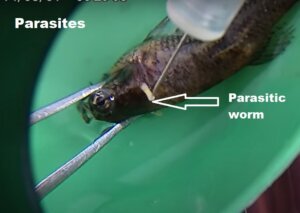 Symptoms usually involve reddening blood vessels, white feces, and swollen belly.
Symptoms usually involve reddening blood vessels, white feces, and swollen belly.
It is a disease gateway for bacterial infections, which cause bloating, skin infections, fin rotting, and many more.
Always inspect your fish and look for all potential signs when there are. The use of anti-parasite medications is necessary.
Just take it easy
It sometimes doesn’t feel worth worrying if a fish lies on his side. If pelvic fins keep coming in motion, then your fish may relax.
They may undergo movements to be able to rest under surfaces. Laying rest is normal, and no need for any fear! Check their habits. If your fish species like to sleep in this way, you’re OK to relax. Please take a peek at the fish behavior inside their tank.
Bloating from swallowing too much air
When a fish uses swim bladders, they contain two bags. This more powerful one connects directly to the stomach. This can result in a disfigured swimming bladder and associated disorientations of buoyancy. In this case, offer food with high fiber content.
Bored Or Depressed
Fish are curious animals by nature and constantly contact the environment and the tank mater. In the wild their exhibit exploratory behaviors, like find food.
Fish can get bored in places without plants, decor, being inside tiny spaces. A bored fish can even scratch its fins on decoration surfaces as well as rub against the substrate.
Developing health problems
It is not uncommon for healthy fish to lay around the tanks because they’re sleeping, acting lazy, or bored.
Sometimes you’ll realize your fish is stressed or tense for 1-3 days before clearer symptoms appear. Be worried if they show signs of begin developing another disease. Test the water and, if needed, proceed with maintenance.
The aquarium is not large enough.
Many new fishkeepers mistakenly believe fish can live anywhere. If your fish has been trapped in confined conditions, they will not thrive for long.
Try increasing the tank size; you can also provide an array of enrichments for your fish, like caves, plants, and natural decorations. All this will make your fish happy and healthy. Give the fish a little extra room for exploring.
Do your research
This article was meant to cover just some basic details about this symptom to raise awareness among fish keepers.
This article is not intended to substitute for diagnosis prognosis, treatment prescriptions, and individualized veterinary medical counseling.
When animals develop distress, you should first take them to a veterinary center. If you think an infestation is on your fish, you will need to do additional research about ways to prevent this issue. The articles are accurate to the best of the author’s knowledge.
Offer a fresh diet
Bloodworms, brine shrimp, and fresh vegetables are offered as snacks, and the high-quality commercial meal makes fish more healthy.
It’s in the water
Cold, poor, and neglectful water quality can cause diseases. Get to know about your fish personality to see how he usually acts.
Polluted water will allow you to know when he changes his routine and maybe starts to develop some disease.
You should do the following if you want to ensure optimum water condition. Perform weekly water changes and tank and substrate cleaning to ensure proper health.
Also, offer a varied diet and taking care of your fish. Your fish should be in a tank with the perfect setting for him to thrive through posteriority. Hot water can speed up your pet’s metabolism and shorten your fish lifespan.
Similarly, cold water can cause your animal to be lazy and sit on your side. You should change their water often; the more, the better.
During the water change, use a siphon and vacuum the substrate, removing all the dirt stuck or on it, lift and clean the decorations, rocks, and trunks.
If done correctly, this will ensure that your water will be kept clean and free from pollutants. Make sure always to test your tank water to set standards and test your tap water to see what to fix.
Always condition your water with specific products for aquariums; this will ensure the removal of toxic substances such as chlorine and heavy metals. Have an accurate test; low-quality tests cause confusion and errors for the hobbyist.
Is your fish lying on its side but not dead?
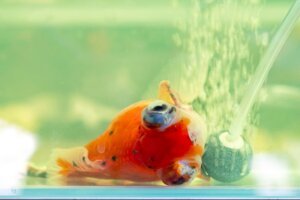
Overfeeding can cause stagnation and swim bladder disorder. The swim bladder is an organ that helps bony fish to remain at a certain depth by controlling their density relative to that of water.
Fish use such a system for buoyant to move on the water. The gas expands with lighter pressures helping the fish to rise while being compressed as the fish dives.
Several signs of overfeeding may cause swim bladder disorder, and many people don’t know precisely how easy it is for fish to get overfeed.
Is your fish lying on the bottom of the tank?
Not all fish are potent swimmers, and they will become tired and lethargic whenever the flow of water in their tanks is too heavy.
Check for sores, bulging eyes, white spots, fuzzy areas, tail rot, or another sign your fish may have an infection. This problem may be caused by fungal illness or bacterial infection in a fish.
Test other water parameters to check if everything is how it should be.
What can you do to help your sick fish?
A dirty tank is a significant contributor to any tropical fish disease. If your fish has a bacterial infection, you can take it to a separate hospital tank to keep it in and sterilize the other tank. Keep a fish emergency kit, have fish medication on hand is a bright idea.
Types of Fish Medication
API GENERAL CURE Freshwater and Saltwater Fish Powder Medication 10-Count Box- Contains one (1) API GENERAL CURE Freshwater and Saltwater Fish Powder Medication 10-Count Box
- Rapidely eliminates parasitic fish disease.
- Use for parasitic fish disease symptoms, such as gill & skin flukes, swollen abdomen, hole-in-the-head, and wasting disease, see diagnostic chart on back of carton.
- Easy-to-dose packets for use in fresh and saltwater aquariums
- Use 2 packets every 48 hours when symptoms of fungal diseases appe
Prices pulled from the Amazon Product Advertising API on:
Product prices and availability are accurate as of the date/time indicated and are subject to change. Any price and availability information displayed on [relevant Amazon Site(s), as applicable] at the time of purchase will apply to the purchase of this product.
Fish medicine can usually be found online, but look in your loyalty fish store if you don’t have the medication available.
Even if you have no idea what causes your fish to become sick over time, a drug like Melafix gives them a fighting chance.
If you do not find or are in doubt about which medicine to use, use salt or medications based on natural essential oils and proceed with good hygiene and partial water changes in the tank.
All possible causes
Understanding your Betta fish’s behavior might help determine when you must act. Let’s find some of the causes why the fish lay at the bottom of the tank.
Senior citizens
As the fish becomes older, he slows down and gets lethargic. You may notice that he’s getting tired more often.
When he ages, he can usually be found lying in either the plant or the bottom of the tank. It is vital to keep you on the cutting edge with the water changes and watch out for opportunistic diseases, aggressive tank mates, or anything that affects the old fish.
Conclusion
Now you know the main reasons & have got your answer for your query Why is my fish laying on the side?
Use the information explained here correctly and see the importance of keeping the maintenance and water change up to date. Keep your fish in large aquariums, with a good filter system perfectly sized and everything else that the species need, especially the parameters to live correctly.
Keep a first aid kit for fish prepared. Know that drastic water changes will affect your animal’s health and their lifetimes.


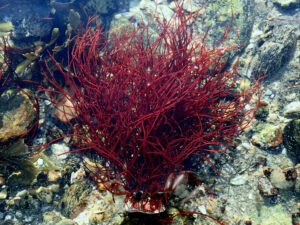

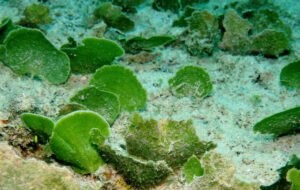


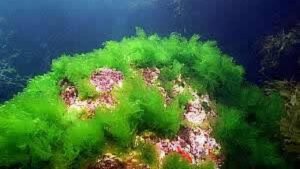

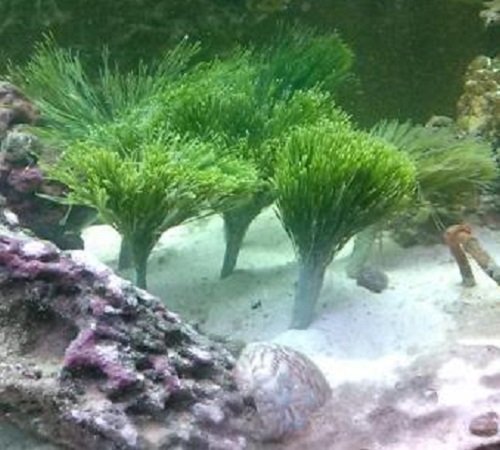
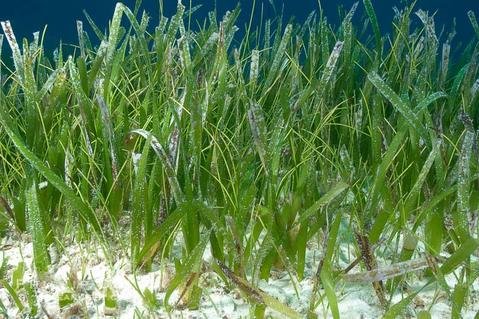


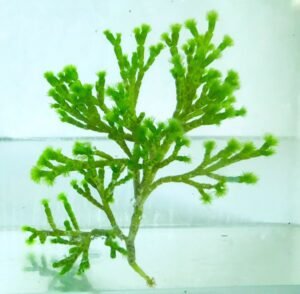

![[Koi Fish Care] Koi in fish tank (Lifespan, Tank Mates, Diet, & Health) Koi in fish tank](https://aquariumhunter.com/wp-content/uploads/2021/10/Can-Koi-Fish-Be-Kept-in-an-Aquarium.png)

![[Complete Breeding Guide] How To Tell If Angelfish Eggs Are Fertilized – (With Pictures) How To Tell If Angelfish Eggs Are Fertilized](https://aquariumhunter.com/wp-content/uploads/2021/10/122.jpg)
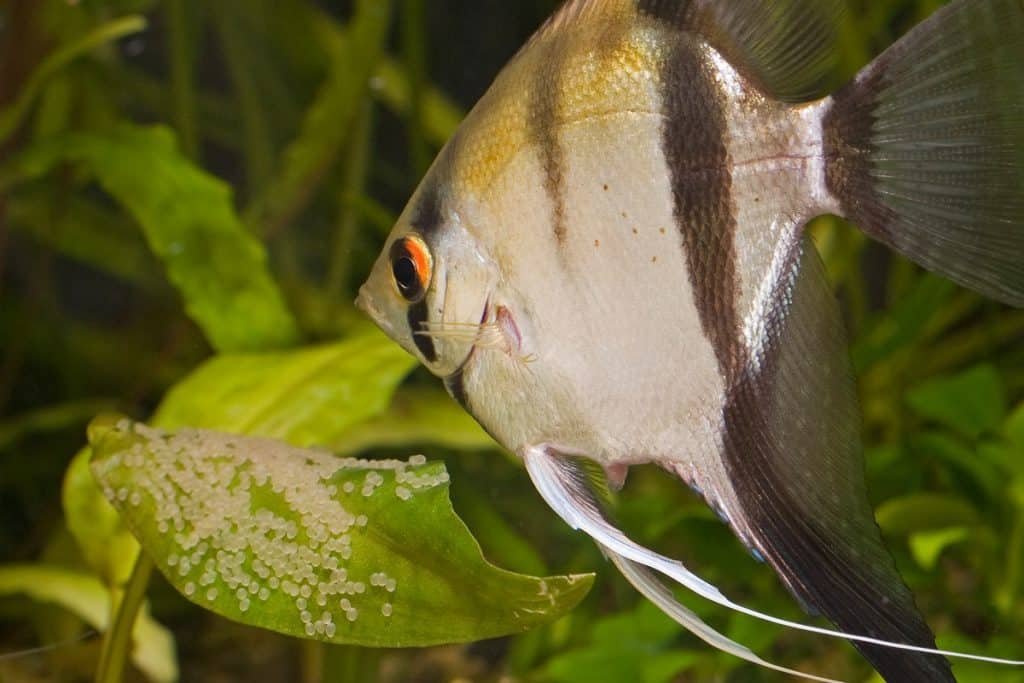

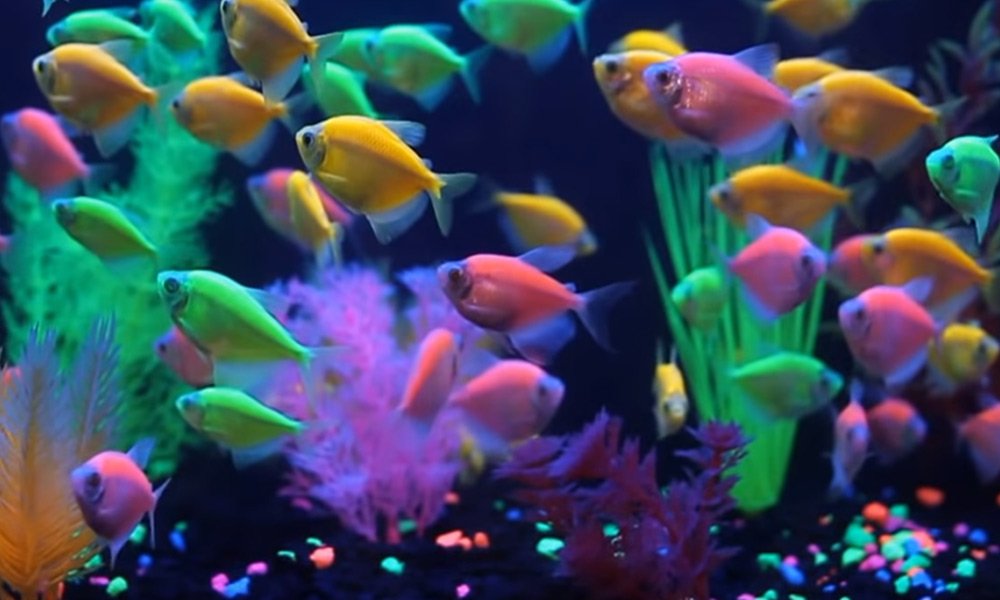


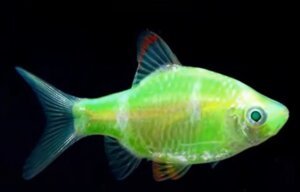











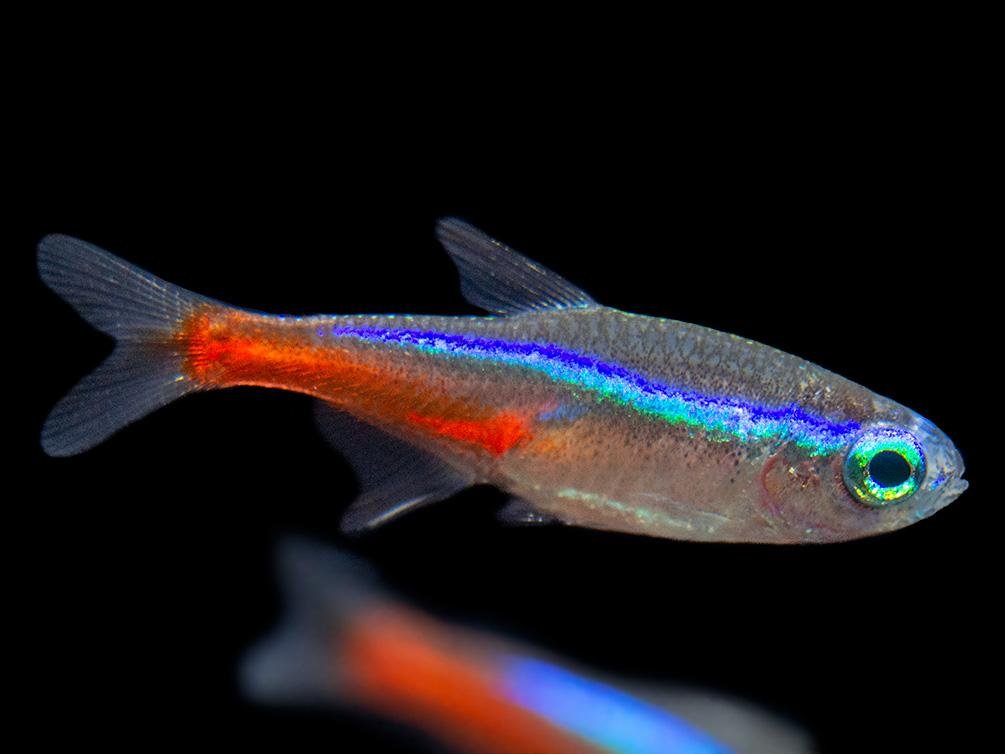
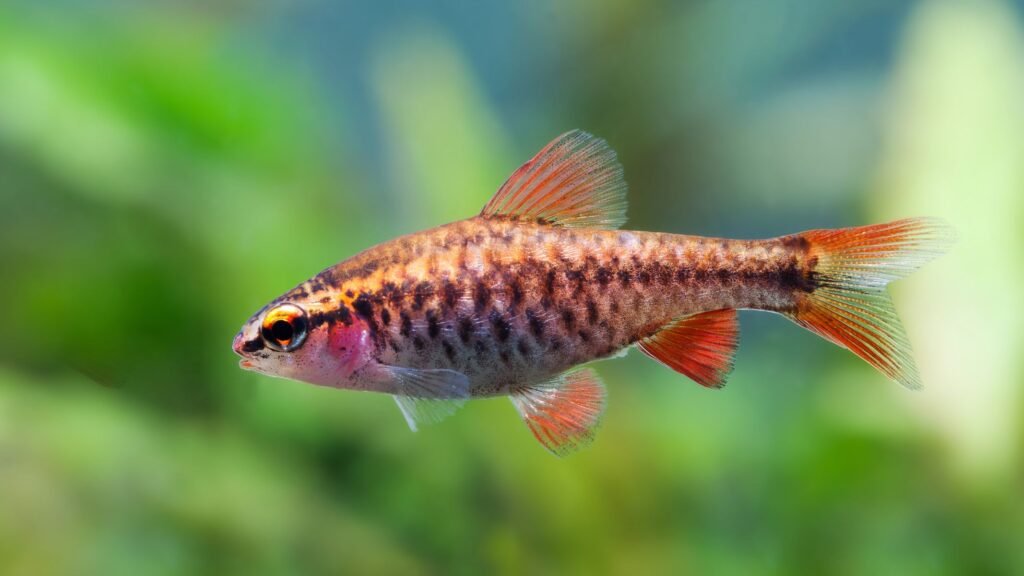
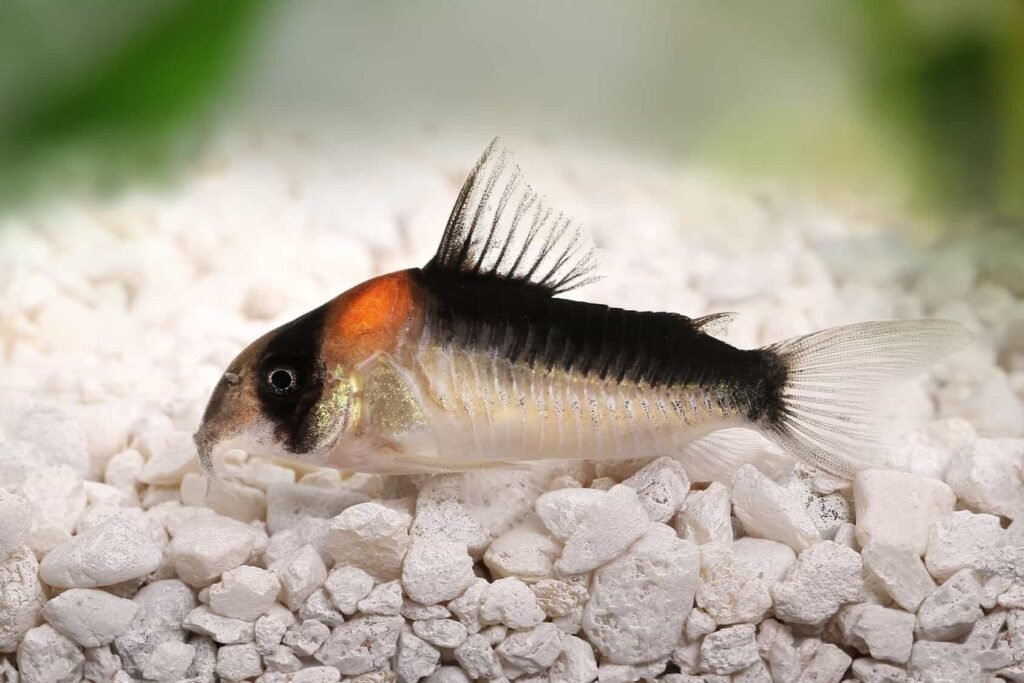


















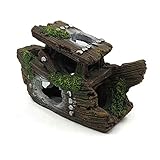










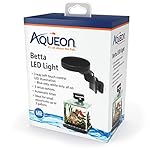































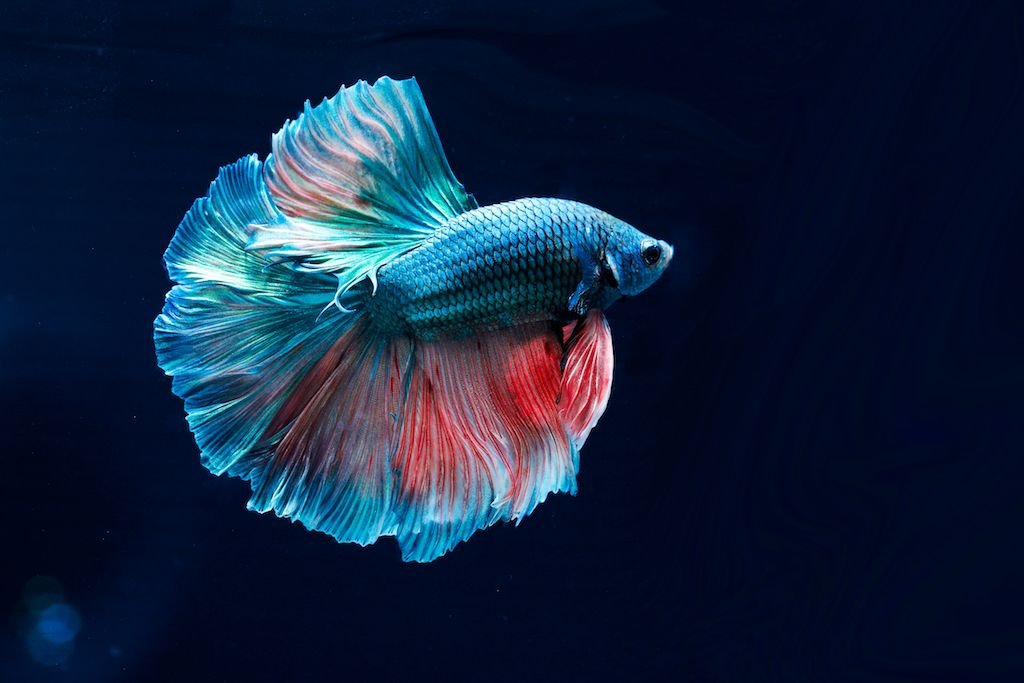


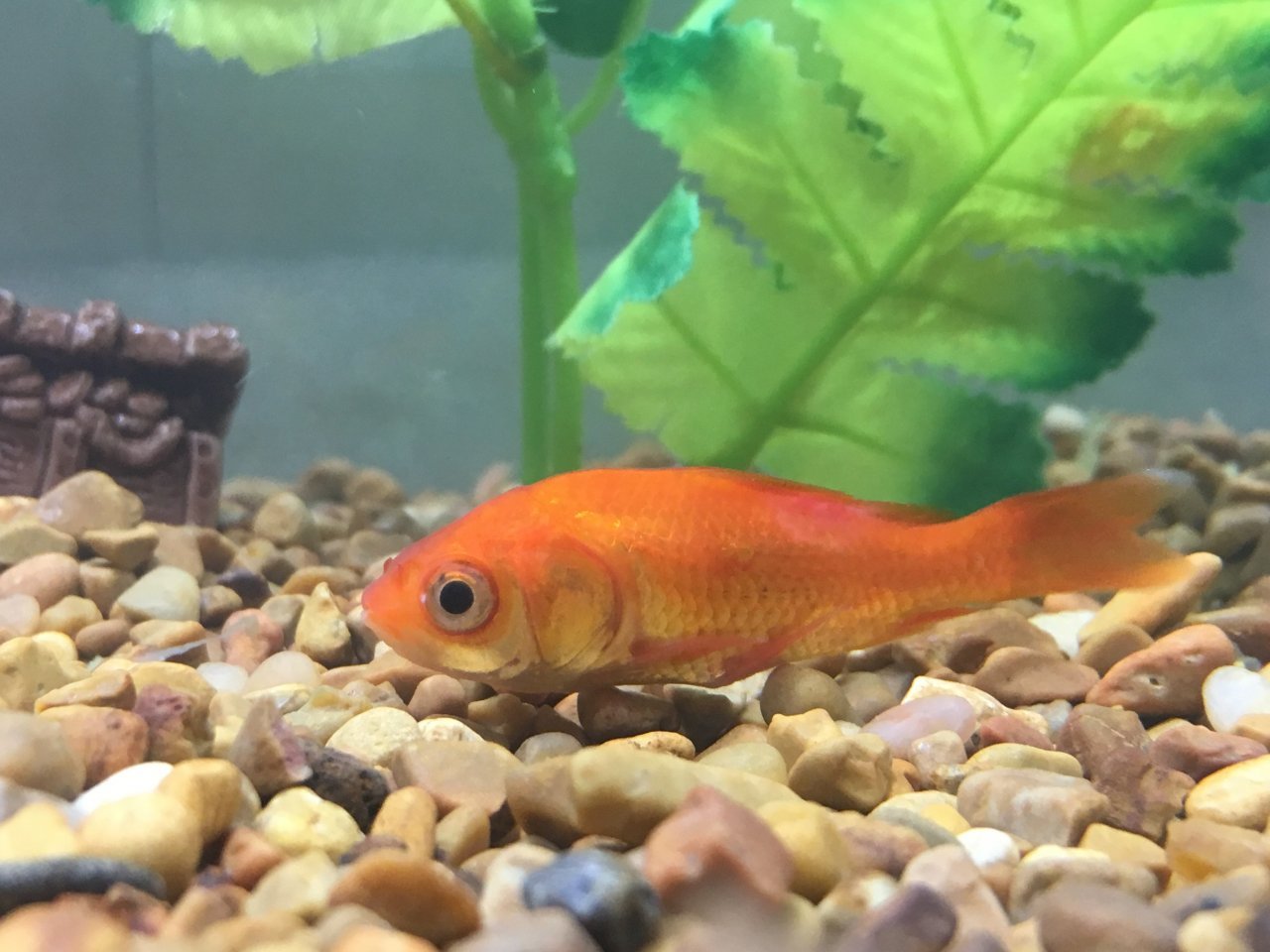


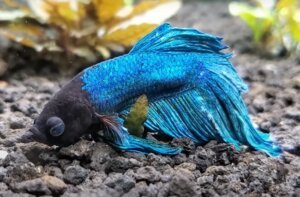



![[Updated 2022] Rotala indica Care Guide: Planting, Growing, and Propagation Rotala indica Care Guide](https://aquariumhunter.com/wp-content/uploads/2021/10/Rotala-rotundifolia.jpg)









 Dropsy is not disease-specific; it occurs when his belly swells and causes scales to protrude sideways.
Dropsy is not disease-specific; it occurs when his belly swells and causes scales to protrude sideways. More than one culprit may be identified for pop-eye, but regular tests and water changes will be the first thing you need when seeing eye bulging in your fish.
More than one culprit may be identified for pop-eye, but regular tests and water changes will be the first thing you need when seeing eye bulging in your fish. Symptoms usually involve reddening blood vessels, white feces, and swollen belly.
Symptoms usually involve reddening blood vessels, white feces, and swollen belly.